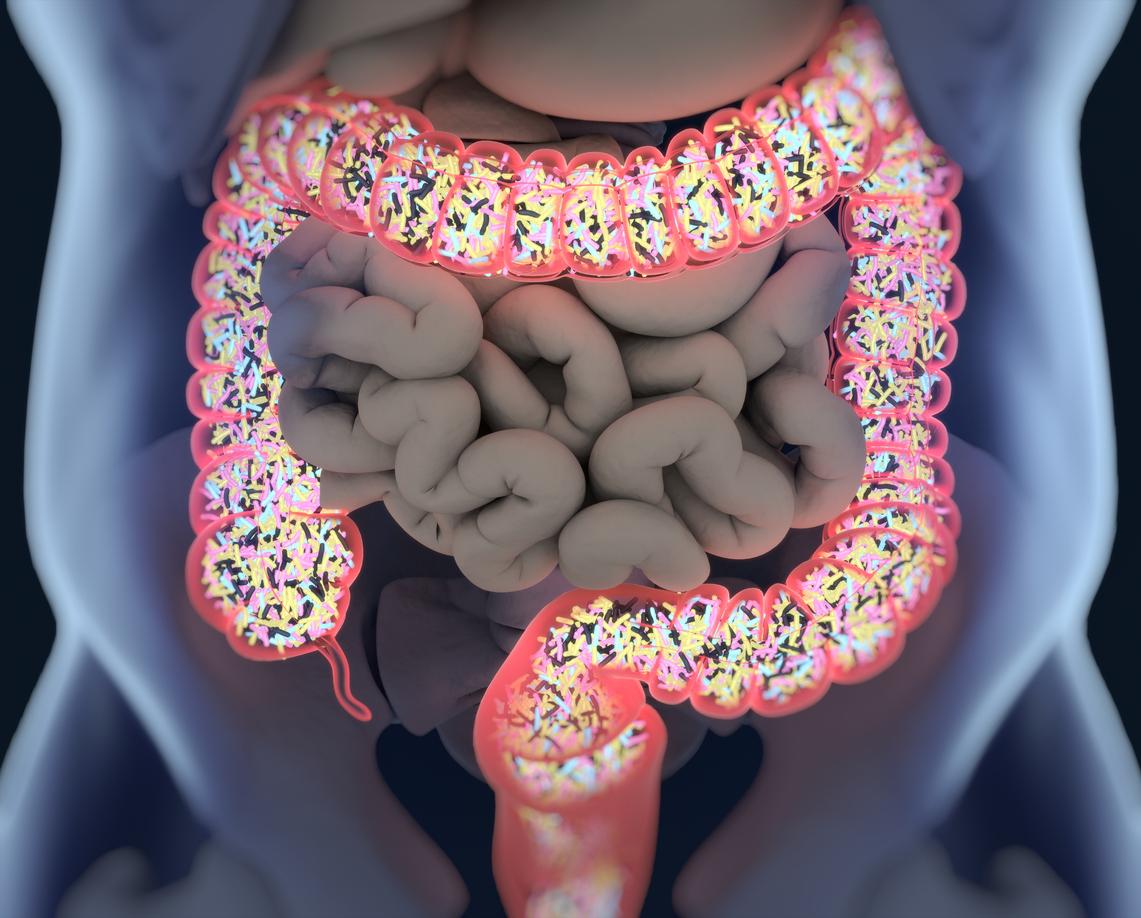Certain biomarkers present in the gut flora have been linked to autism and ADHD.

- Researchers found differences in the gut microbiota of infants who went on to develop neurodevelopmental disorders compared to those who did not.
- Citrobacter, for example, was more common in children who had developed neurodevelopmental disorders, while the presence of coprococcus was associated with a reduction in this risk.
- This suggests that certain elements in the gut may either contribute to the development of disorders such as ASD and ADHD or protect children from them.
A new study has just revealed an association between the content of the intestinal flora of young children and the appearance of autism (ASD) or attention deficit disorder with or without hyperactivity (ADHD) later in life.
The research, part of the ABIS (All Babies in Southeast Sweden) study, followed more than 16,000 children born in southeast Sweden between October 1997 and October 1999. Data collection began at birth and continued into my early twenties. Biological evidence such as cord and stool samples were collected, along with questionnaires detailing family medical history, dietary habits, lifestyle and environment.
Intestinal flora: what impact on ASD and ADHD?
Researchers found distinct differences in the gut microbiota of infants who went on to develop neurodevelopmental disorders compared to those who did not. Citrobacter, for example, was more common in children who had developed neurodevelopmental disorders, while the presence of coprococcus was associated with a reduction in this risk.
Furthermore, children later diagnosed with autism had significantly lower levels of linolenic acid, a fatty acid necessary for the production of omega-3 fatty acids, which have anti-inflammatory properties and play various roles in brain function. . Conversely, these children had higher levels of PFAS, chemicals commonly used as flame retardants and others, and known to negatively impact the immune system.
This suggests that certain elements in the gut may either contribute to the development of disorders such as ASD and ADHD or protect children from them.
Intestinal flora, ASD and ADHD: differences from the first year
“The remarkable aspect of this work is that these biomarkers are found at birth in the umbilical cord blood or in the child’s stools, more than ten years before diagnosis,” underlines Eric W. Triplett, professor at the University of Florida and author of the study.
“The study shows that there are clear differences in the intestinal flora, from the first year of life, between people who develop autism or ADHD and those who do not. We also found associations with certain factors that affect gut bacteria, such as antibiotic treatment during a child’s first year,” adds Johnny Ludvigsson, professor at the University of Helsinki and co-author of the study.

Despite its lessons, the study has limitations. Its conclusions are, for example, based on a Swedish cohort, which may limit the generalization of the results to other populations.
The study, titled “Infant microbes and metabolites point to childhood neurodevelopmental disorders”, was written by Angelica P. Ahrens, Tuulia Hyötyläinen, Joseph R. Petrone, Kajsa Igelström, Christian D. George, Timothy J. Garrett, Matej Orešič, Eric W. Triplett and Johnny Ludvigsson.















